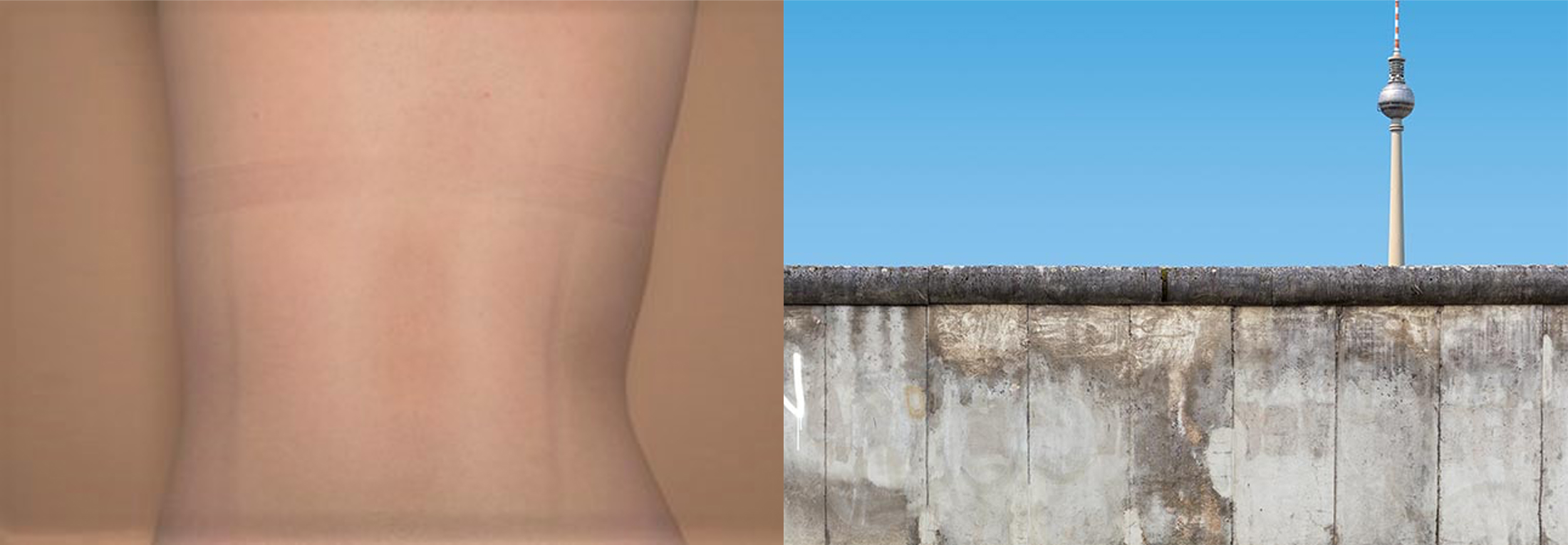Special thanks to Albert Fuentes for inadvertently co-authoring this piece.
At The Border is a collaboration between A/D/O and e-flux Architecture within the context of its 2019/2020 Research Program.
© 2020 e-flux and the author
